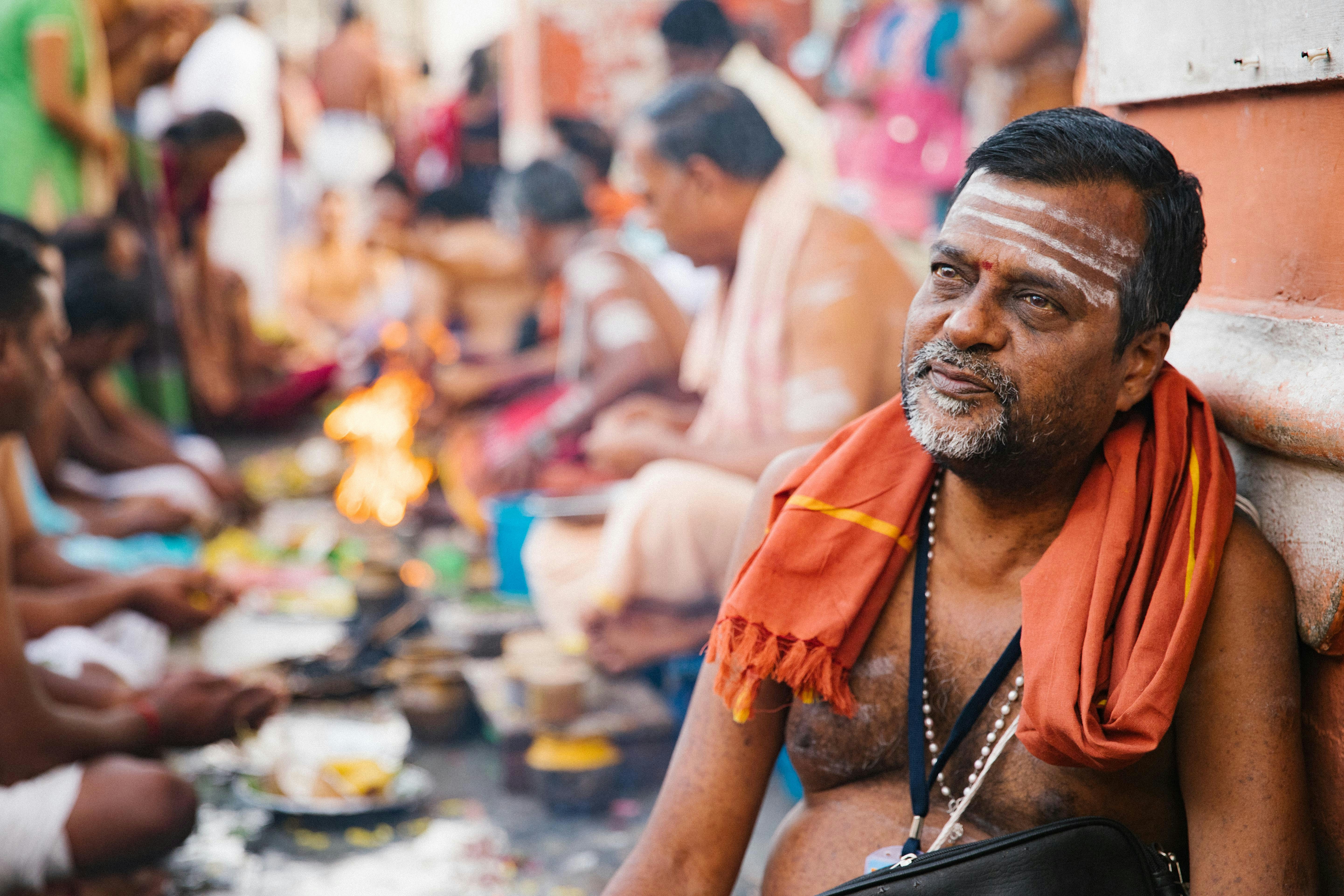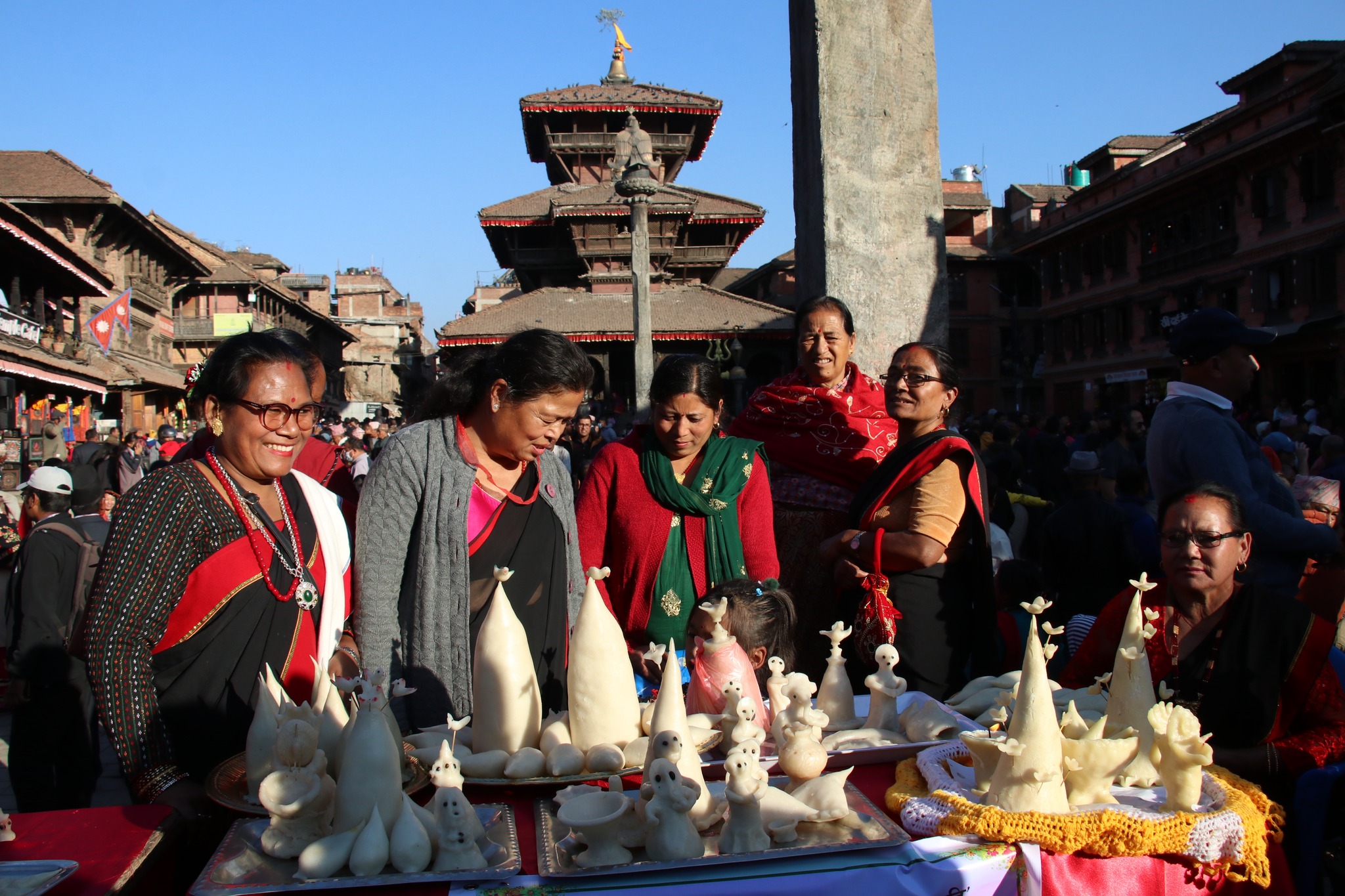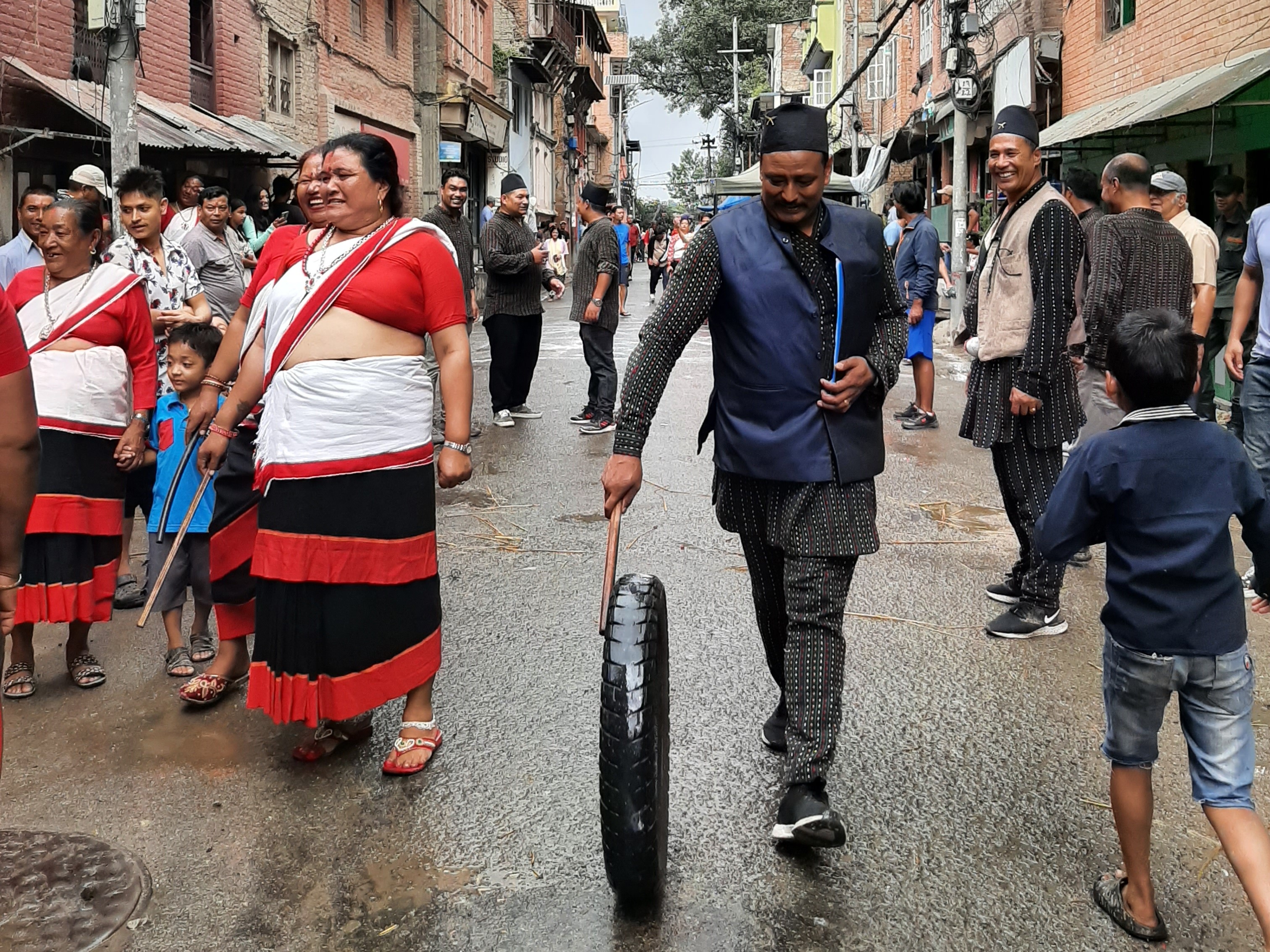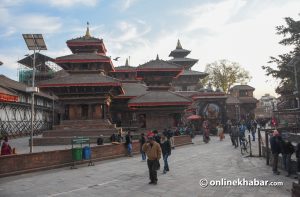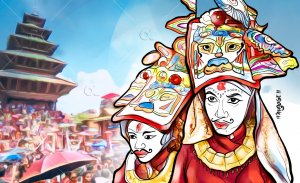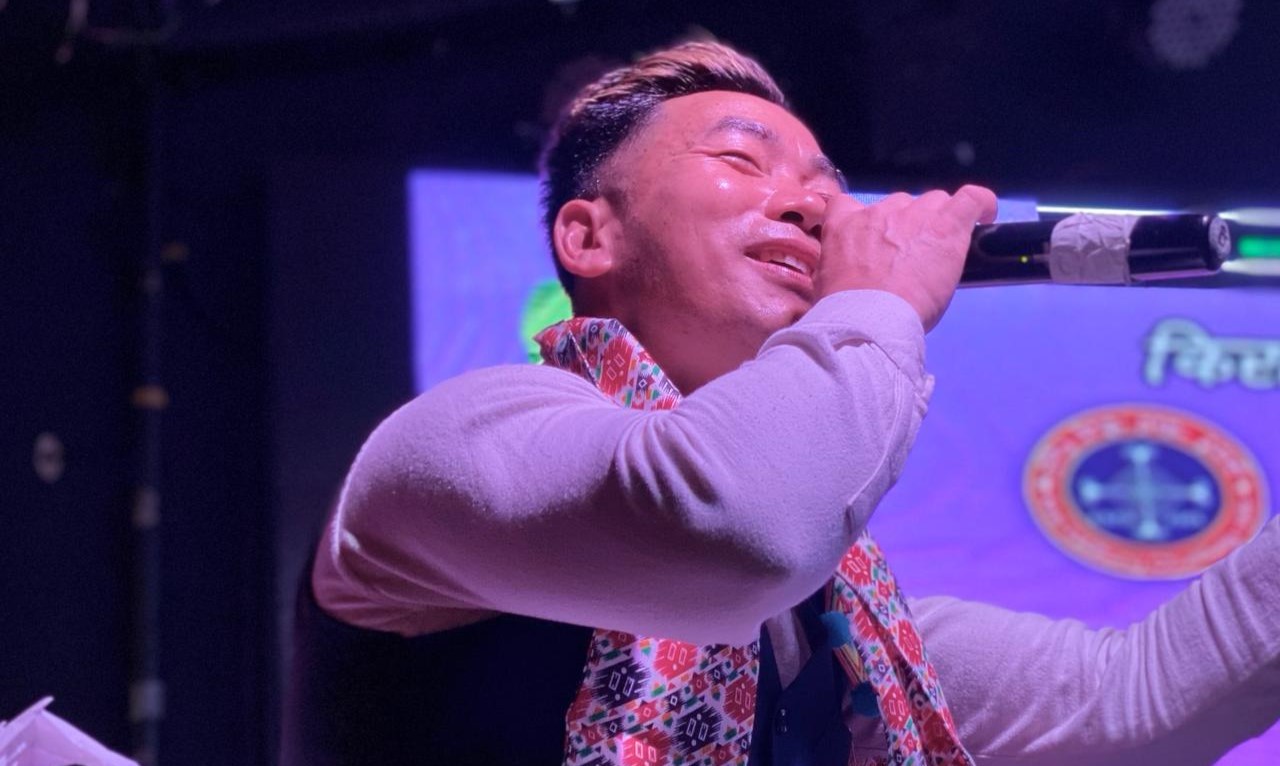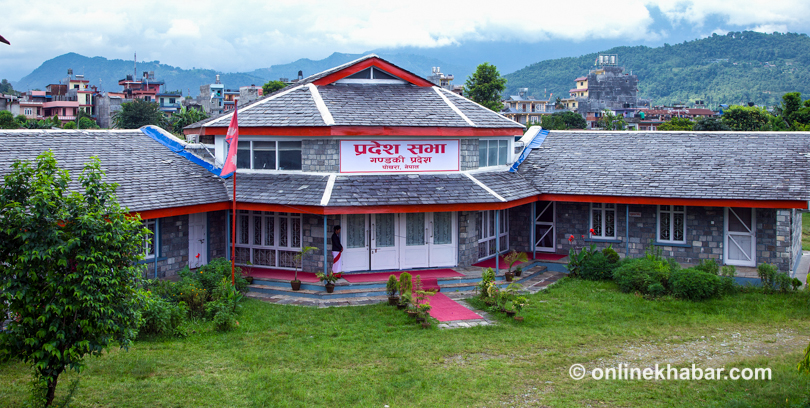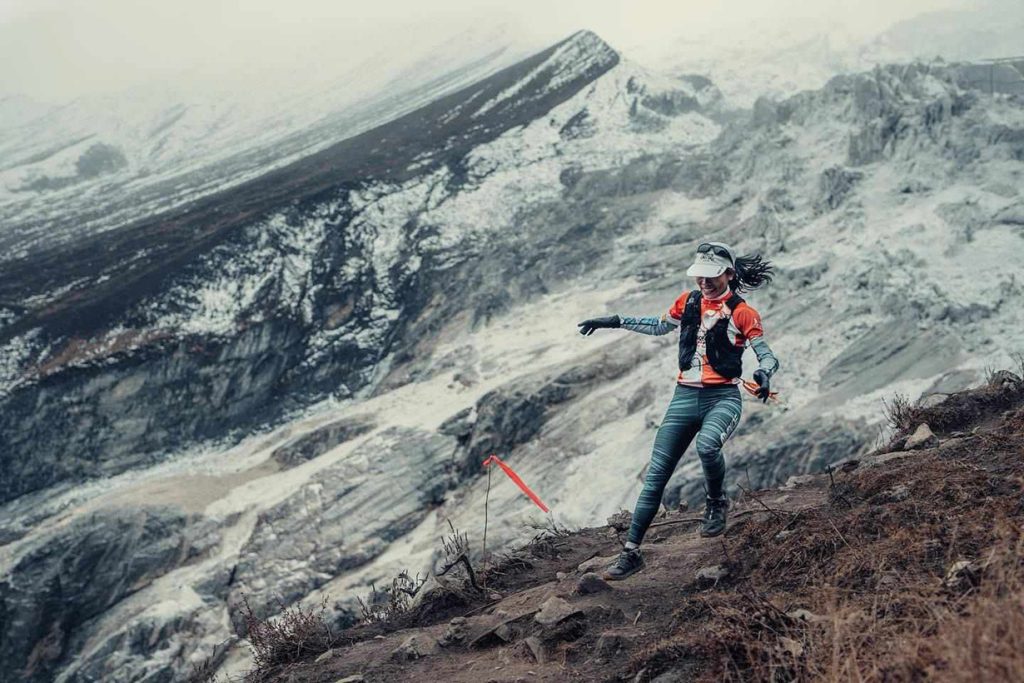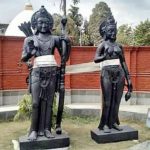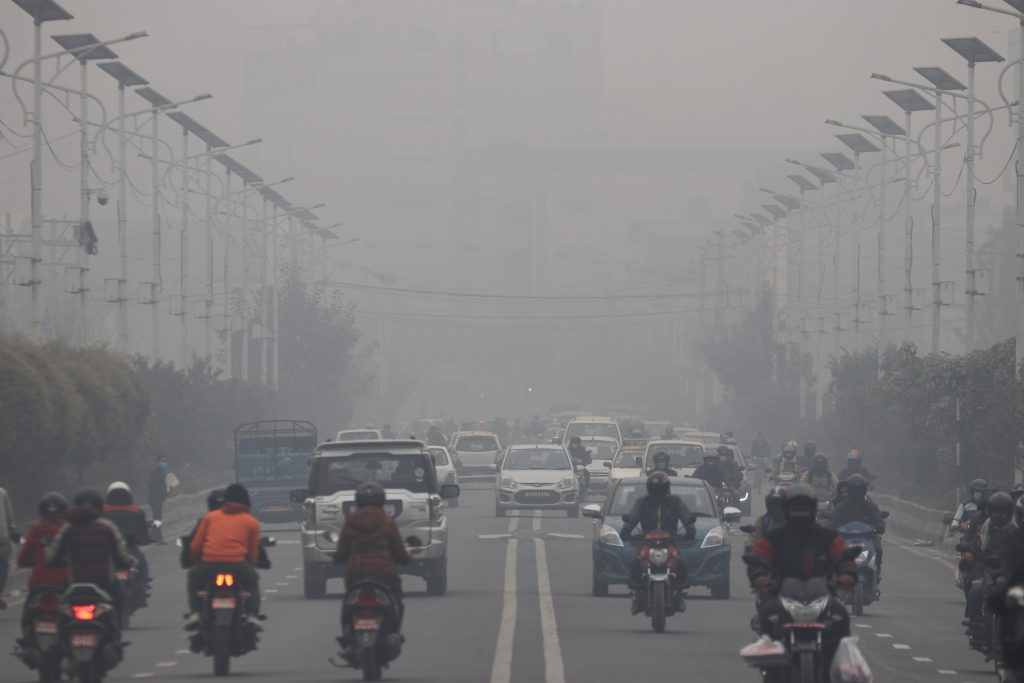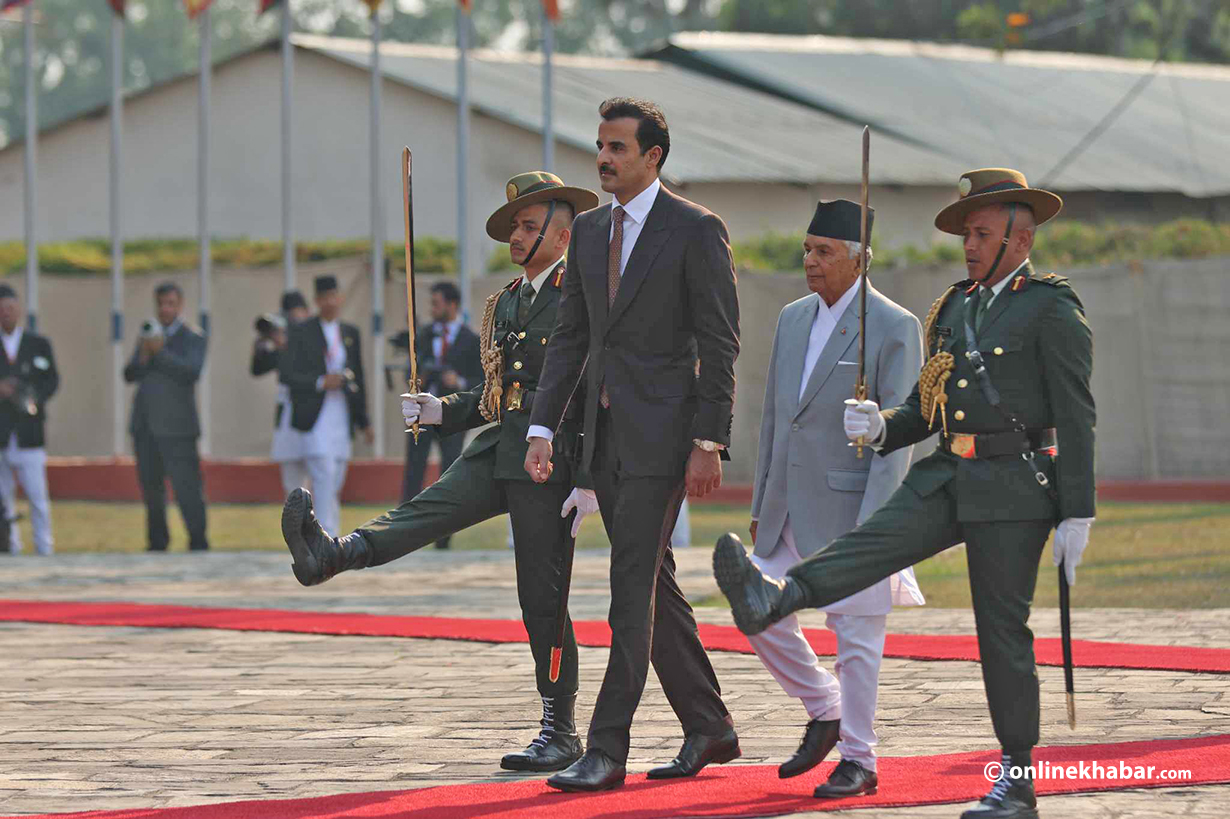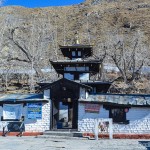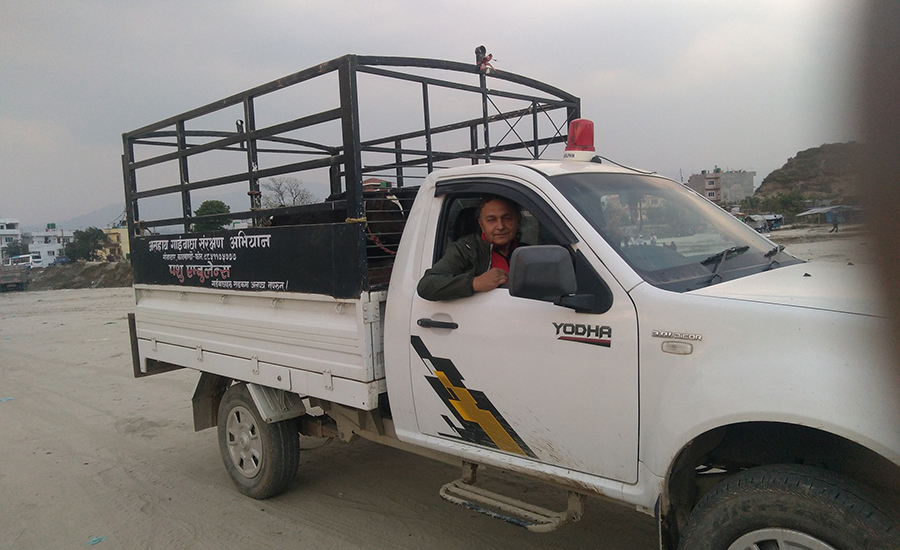When Radha Krishna Gharti, a senior veterinarian at Nepal’s Central Zoo, is in his office, the adrenaline level in his blood stream can easily go from ‘zero to sixty’ in a matter of few seconds.
Saturday, May 17, 2014 was one such day. The vet, who is one of the handful of doctors in Kathmandu, who can sedate a leopard, got a call early morning. A leopard had been seen at a home in Kapan in north-eastern Kathmandu, where cases of leopard sightings have been on the rise for the last few years. Gharti and a vet from the zoo rushed to the scene on the zoo’s pick-up truck, used to rescue wild animals.
“I held on to the paws of the animal’s forelegs for around ten minutes,” remembers Gharti. “Blood was dripping from my forehead as if someone were squeezing a piece of wet cloth,” he says.
“I shouted, and called for help. But no one came.”
Gharti had already darted the beast, but because of all the noise, it had not been sedated. He had been holed up with the animal inside a compound with high walls.
He even swore at police.
“If it were anyone else, he would have died on the spot. But I remained unfazed. I still remember that the locals were telling police to fire at the leopard.”
Finally, a policeman in civvies came with a pistol and shot at the animal. The shot missed the leopard, as it tried to run for cover. Gharti was bleeding profusely, but he did not realise how badly he had been injured.
That day Gharti, who has been rescuing wild animals from the city for over three decades, was the one who had to be rescued, that too on his own rescue truck. The nearest hospital was Om Hospital, but they did not have an ambulance back then. So instead of taking a leopard to safety, the rescue truck was taking him to hospital.

After the Kapan incident, Gharti remained at Patan Hospital, where he was transferred to, for 20 days. Even after he recovered, he had to undergo physiotherapy for his left hand–the tendons were severely torn. It took me around three months (August 2014) to get back to work,” remembers Gharti, who could not stay home for long because he missed the animals in the zoo, whom he fondly refers to as his ‘children.’
He could not stay home for long because he missed the animals in the zoo, whom he fondly refers to as his ‘children’.
Every day as Gharti leaves his human family in Godavri in south-eastern Kathmandu, for his 10-km ride to the office, he exchanges glances with his wife. “She tells me that every time I leave home, she can’t help but think, in what condition I may return, and where I may return — home or hospital!”
“There have been times when I have rushed to places like Mustang, unplanned, to treat a wounded snow leopard.”
But what Gharti and his family dread the most is a midnight phone call. If it rings at night, it brings bad news, and the head of the family needs to put on his helmet and swing into action. There have been times when he has gone to the zoo at midnight to treat a sick animal that could not wait till the morning.
When Gharti is not speeding around the country on his rescue missions, he is patrolling Nepal’s only zoo.
When Gharti is not speeding around the country on rescue missions, he is patrolling Nepal’s only zoo, to tend to his ‘children’, who sometimes fight with one another, have diarrohea and need some affection. The animals behave when he is around.
“This morning I was taking a look at the blue bulls. One of them is constantly being attacked by the herd. I need to find a way to stop them from doing that,” says Gharti whom the zoo staffers call ‘father’ of the zoo’s residents.
Any father may claim that for him all his children are equal, but that claim would not be true; there is always the most-loved child, who is close to his dad. Gharti may not admit it, but his ‘preferred’ child is, ironically, a leopard, and her name is Simba (pictured above).
On March 2, 2008, Gharti received a call from the Department of National Parks. A leopard cub had been spotted on the premises of the army’s school in Bhaktapur.
Following due protocol, Gharti and his team members reached the school, and were shown the animal. It indeed was a leopard, but it was a cub, and a pretty small one at that. “Our rescue cage was too big for him,” says Gharti, who quietly put the cub in the pocket of his jacket and walked out of the school.
“He was very gentle. He was too small to be left in the wild, so we decided to raise him on our own.”
The ‘father’ and other staffers raised Simba as family. They first started feeding him with formula milk, meant for human babies, and then moved on to shredded meat. “He would sit on my lap, and like human babies, poop and pee.”
Just a few months ago, the vets decided that it was time for him to be caged. He could not be sent into the wild because he would not have the skills to survive. So they sent him to the leopard cage, where three others were living. “We did not even think it was necessary to sedate him. He walked with us to his cage!”
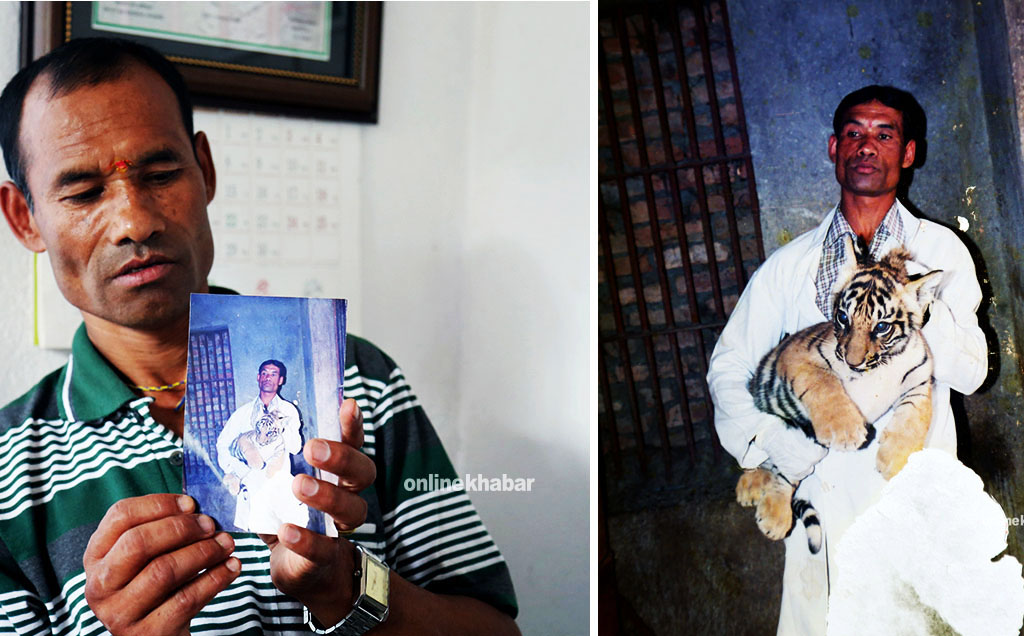
But not all leopards are Simba, and neither are commoners trained and disciplined as the men in uniform. There have been incidents in Kathmandu in which locals have killed leopards that they found venturing into their homes.
One such incident happened this August. On August 2, Gharti and his team members had just signed their attendance for the day when a lifeless leopard was brought in for an autopsy.
According to police, local people in Matatirtha, in south-western Kathmandu, had killed the animal after it attacked people in the area. During autopsy, they saw that its brain box had been shattered, and they established this as its cause of death.
There are moments like these when the senior vet can barely stop tears from running down his cheek. “The whole day I could not help but think about the leopard. It was a healthy adult male — an asset of the country.”
“Only if the local people had called us the previous day, I am certain that we could have saved his life,” says Gharti.
Many people ask the vet, a graduate from Rampur college, why he wants to save leopards; wasn’t it a leopard that nearly killed him two years ago? To those questions, he has a simple answer. “Whenever a son slaps his father in jest, the father does not get angry. He does not retaliate. He understands that the son means no harm.”
“My relationship with wild animals, including leopards, is of a similar type.”
Gharti says wild animals are equally afraid of humans, and whenever they are in close contact with humans, their self-defence mechanisms kick in. They try to escape, and when they are denied a safe passage, they attack.
The other question Gharti gets from his friends is what motivates him to leave his family and go to a potentially dangerous job, that too every single day. “Well, I am clear in my mind that I have a duty, and I need to take responsibility for it, no matter what happens,” he says. The 53-year-old says he loves his work, and wants to perform with a ‘military’ attitude. “I want to be ready to do my work every time the whistle blows,” he shares.
There are other ‘perks’ of being the town’s leopard-catcher. Wherever he goes, people recognise him as the ‘leopard catcher’. “First they look at my face and try to remember where they’d seen me before. But I go ahead and introduce myself. And we share a good laugh.”
Equally important is the recognition he has received for his work. Gharti has a wall full of certificates and letters of appreciation in his office. Pointing at the certificates, he says, “Someday my grand children will see all this, and they will feel proud of me. This is another thing that keeps me going.”
While it may take sometime for his his human grand children to understand the importance of his work, perhaps his many other grand children have felt it already.





